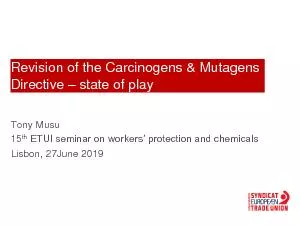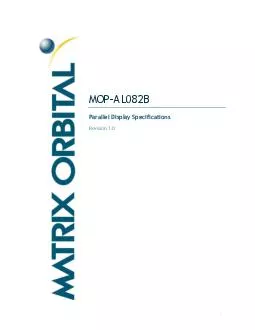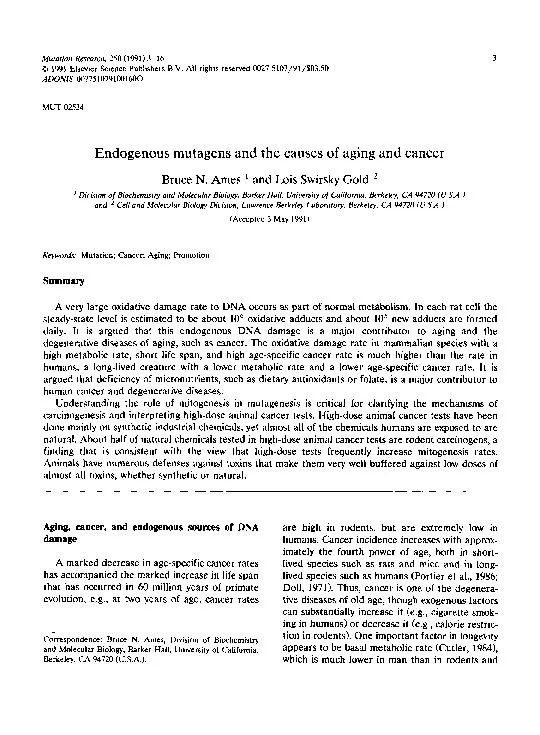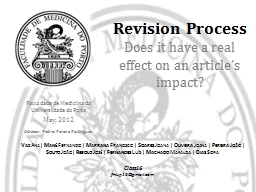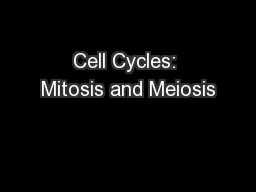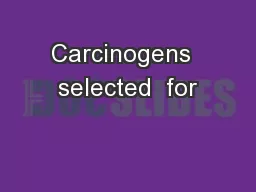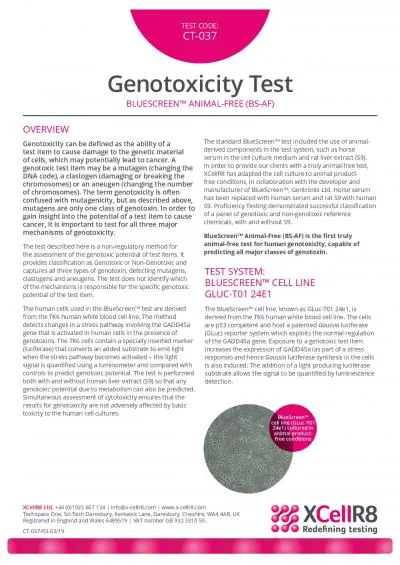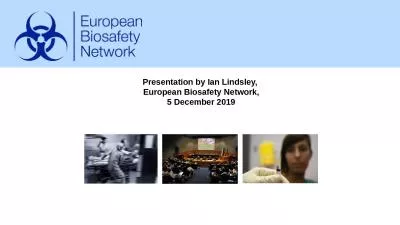PDF-Revision of the Carcinogens Mutagens
Author : yvonne | Published Date : 2021-06-14
Directive state of play Tony Musu 15 th ETUI seminar on workers protection and chemicals Lisbon 27June 2019 Binding OELs are one of the essential tools for minimizing the
Presentation Embed Code
Download Presentation
Download Presentation The PPT/PDF document "Revision of the Carcinogens Mutagens" is the property of its rightful owner. Permission is granted to download and print the materials on this website for personal, non-commercial use only, and to display it on your personal computer provided you do not modify the materials and that you retain all copyright notices contained in the materials. By downloading content from our website, you accept the terms of this agreement.
Revision of the Carcinogens Mutagens: Transcript
Download Rules Of Document
"Revision of the Carcinogens Mutagens"The content belongs to its owner. You may download and print it for personal use, without modification, and keep all copyright notices. By downloading, you agree to these terms.
Related Documents

